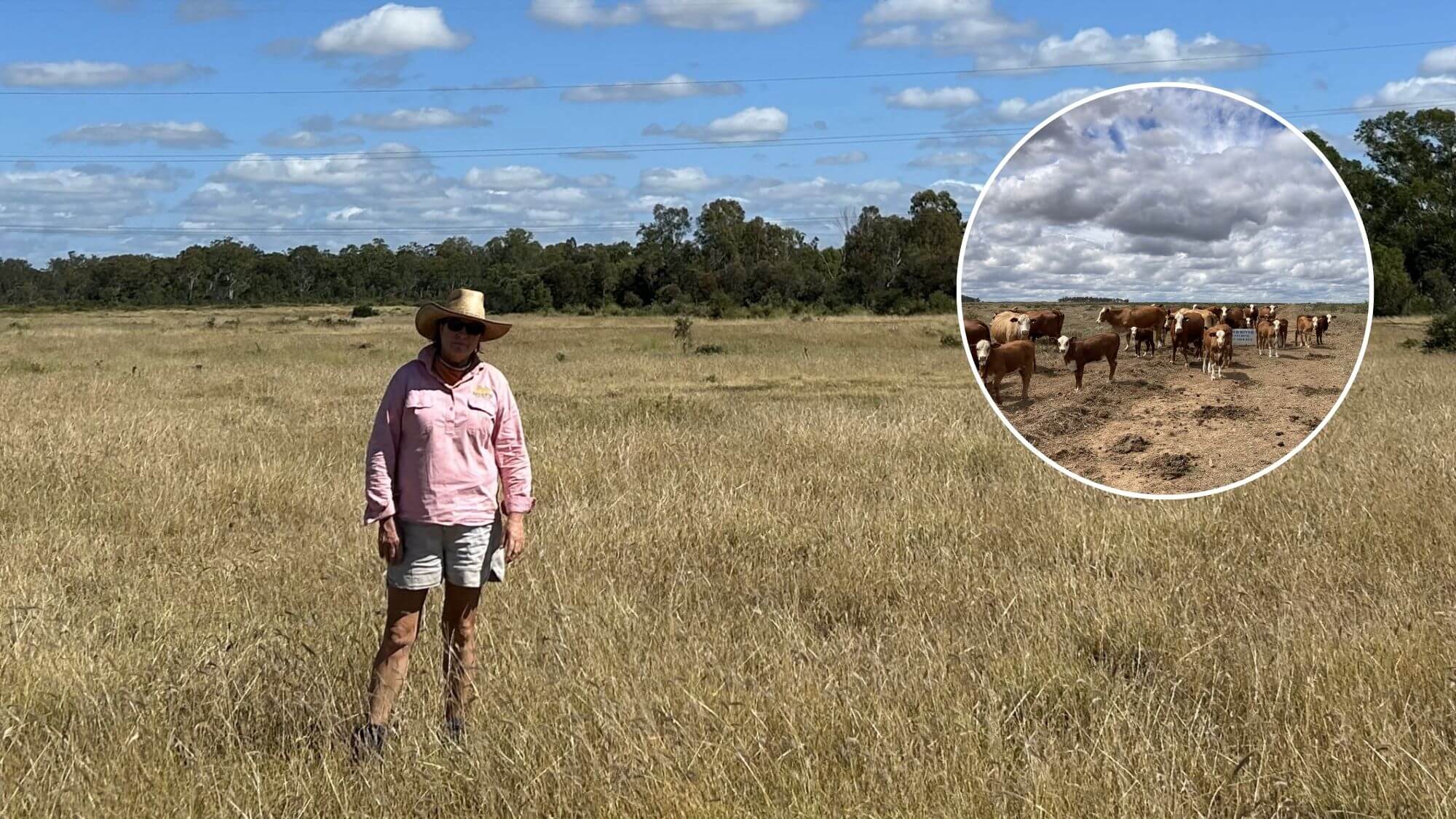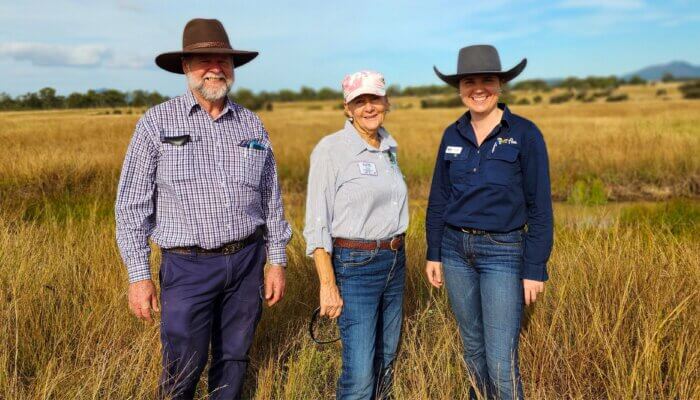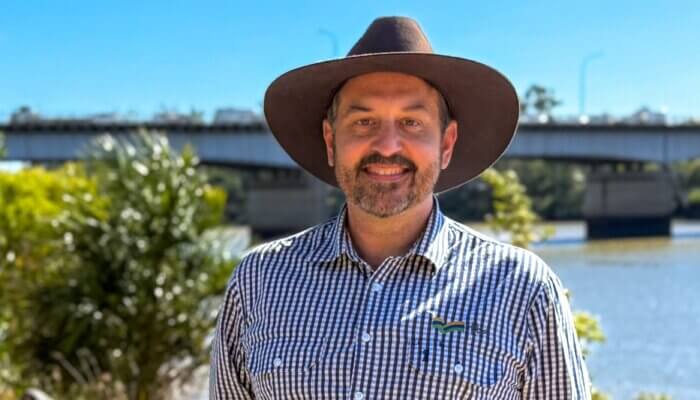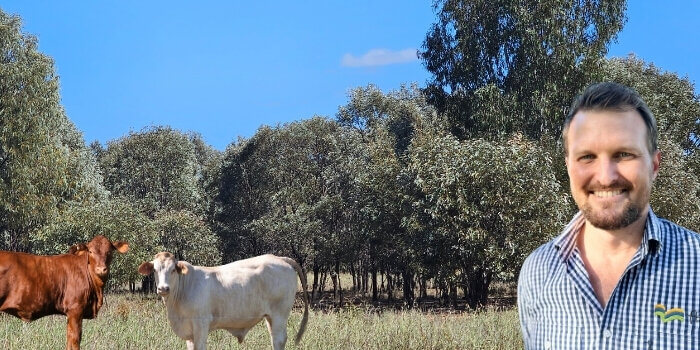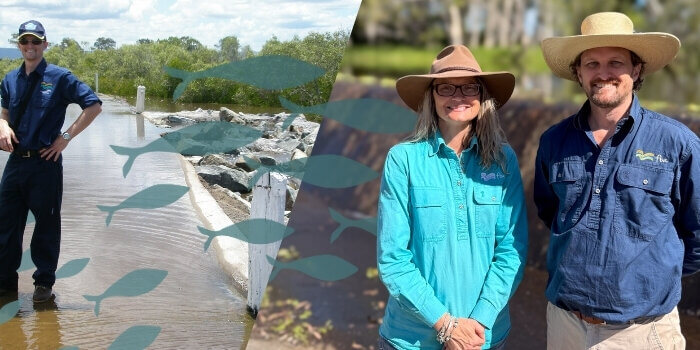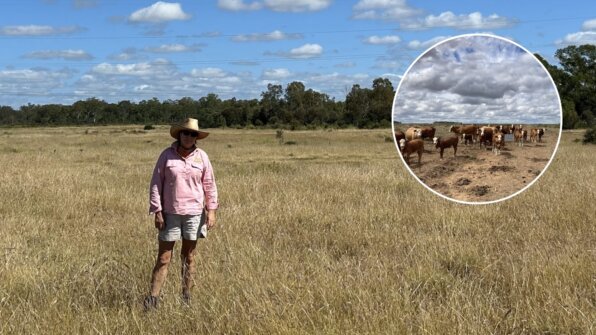
How Family Cattle Breeding Operation is Improving Degraded Land
Posted on March 31st, 2025
When central Queensland land managers Bronwyn and Mark Schottelius bought Bronwyn’s parents’ 7,000ha property in 2016, they started a family legacy.
Bronwyn and Mark’s vision for the property was to build a successful grazing business to pass down through their family. To do this they identified the need for vital infrastructure to support managing grazing pressure and improve land condition.
Merion is a cattle breeding operation that runs about 1,500 head of cattle and is located about 50km south of Middlemount on the Mackenzie River. The property is largely brigalow with blackbutt and brigalow softwood scrub land.
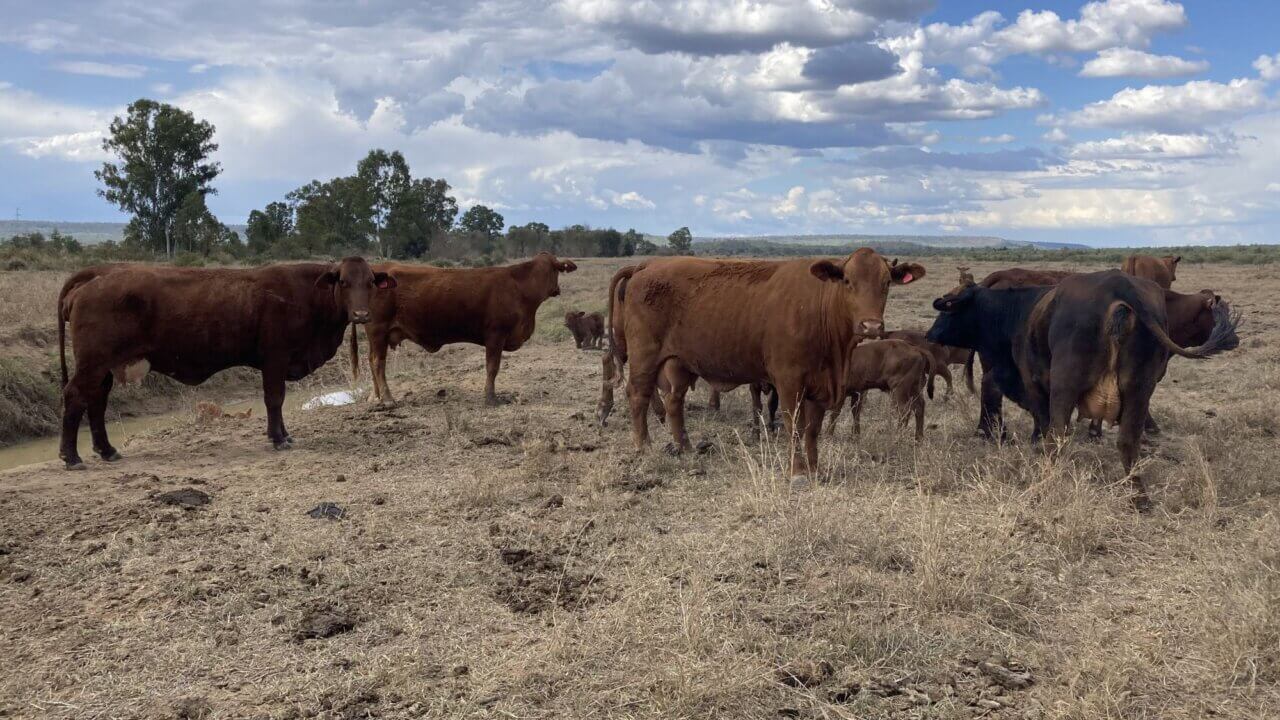
Over the years Bronwyn and Mark have seen land condition decline in one of the larger paddocks on the property, especially along the creek.
“The country is sweeter, and the cattle enjoy that grass more,” Bronwyn said.
“However, the cattle overgraze that country and the palatable species they favour get less and less and you’re left with these arid areas which lesser quality grasses take over. The lesser quality grasses have a smaller root system and in the dry times they don’t hold the soil together as the better-quality grasses do. And so, we are more likely to see more soil erosion in these areas when it does rain.
“We wanted to fence it and put water in different areas to rotate the cattle and rest areas so grasses can recover and reseed to ensure good quality ground cover season after season.”
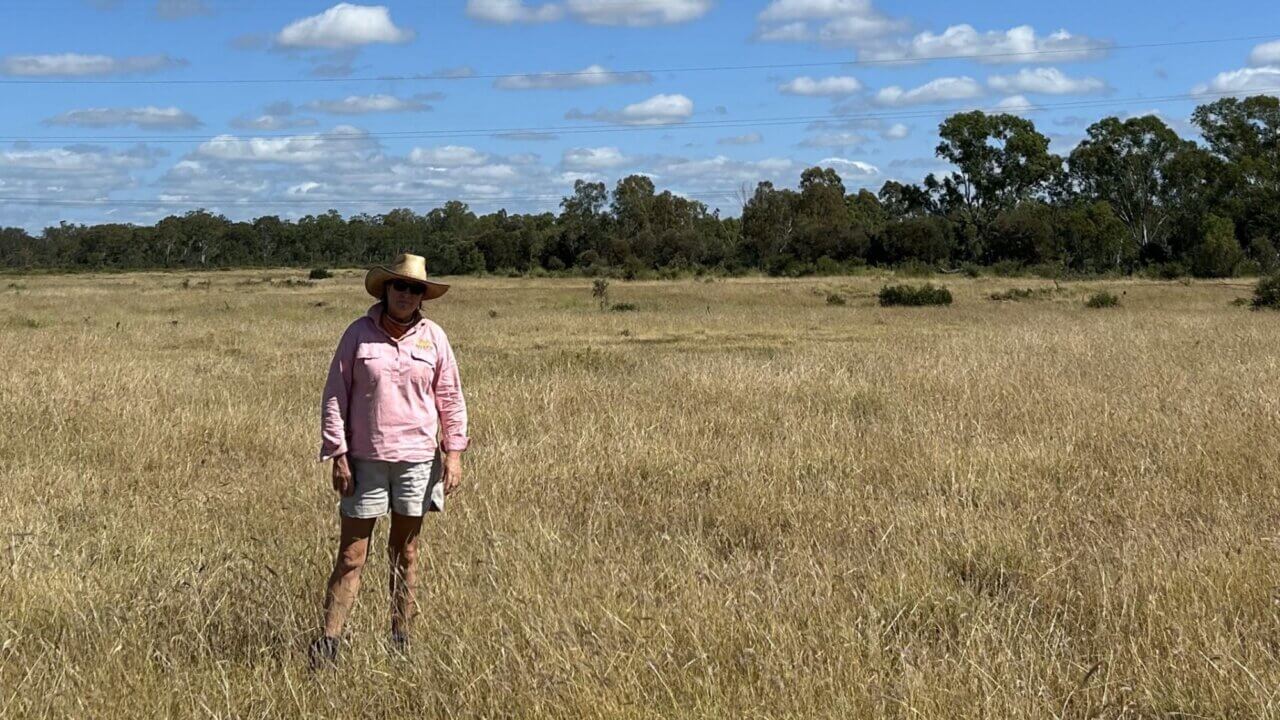
Determined to make changes to improve the land condition of the 830ha paddock, Bronwyn and Mark approached FBA Land Management Officer Sophie Wilkins after she attended a breeder management workshop the couple had hosted.
Sophie introduced Bronwyn and Mark to the Grazing Resilience and Sustainable Solutions (GRASS) program.
The GRASS program supports graziers to develop and implement tailor-made action plans for land management. The plan assists graziers to implement actions that improve and then maintain their land condition with a specific focus on improving ground cover, reducing soil loss and sediment run-off to waterways that flow to the Great Barrier Reef lagoon.
Sophie visited the property and together, Sophie, Bronwyn and Mark put together a plan that included installing essential infrastructure to improve pasture utilisation and grazing management. The plan included five kilometres of fencing, four kilometres of poly pipe, one solar pump, three tanks and three troughs.
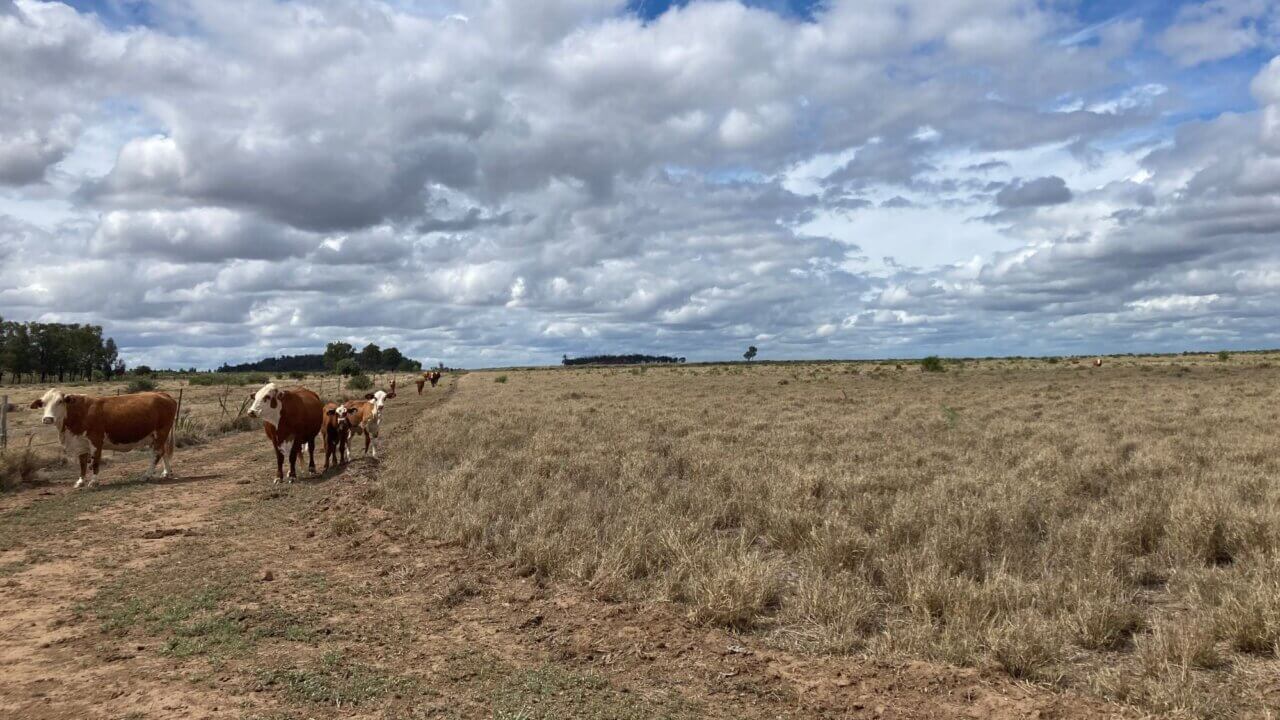
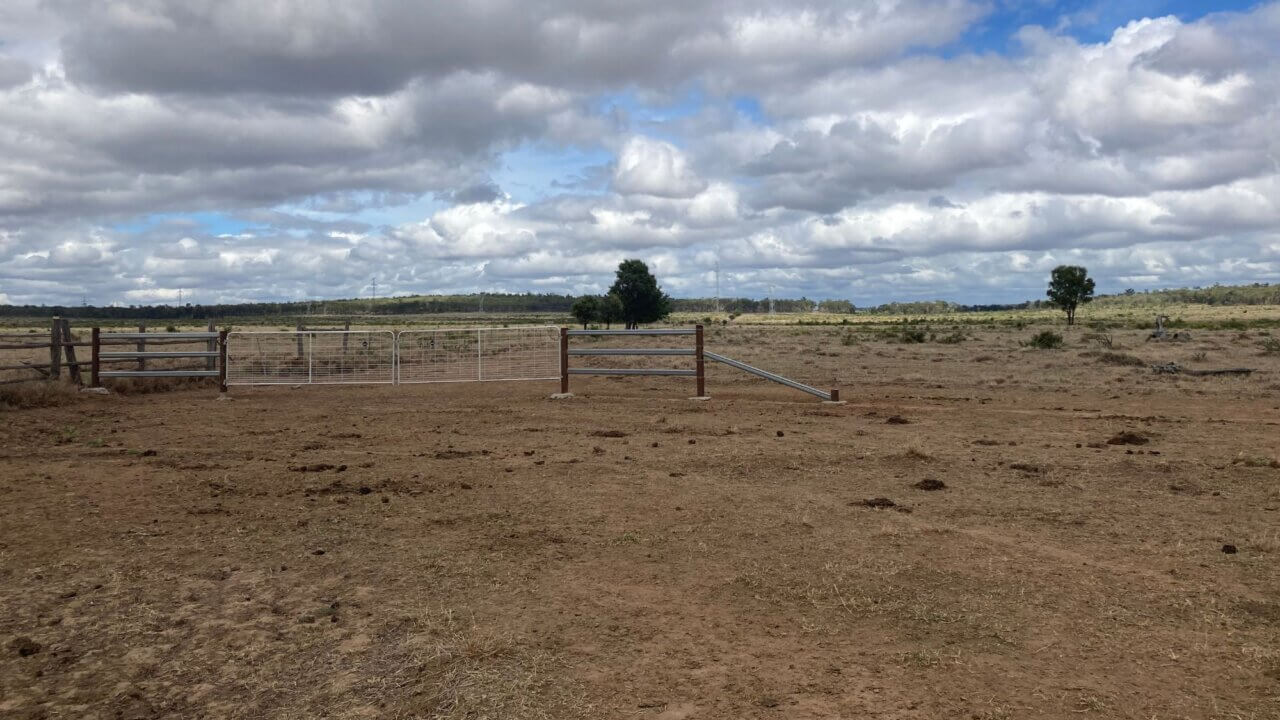
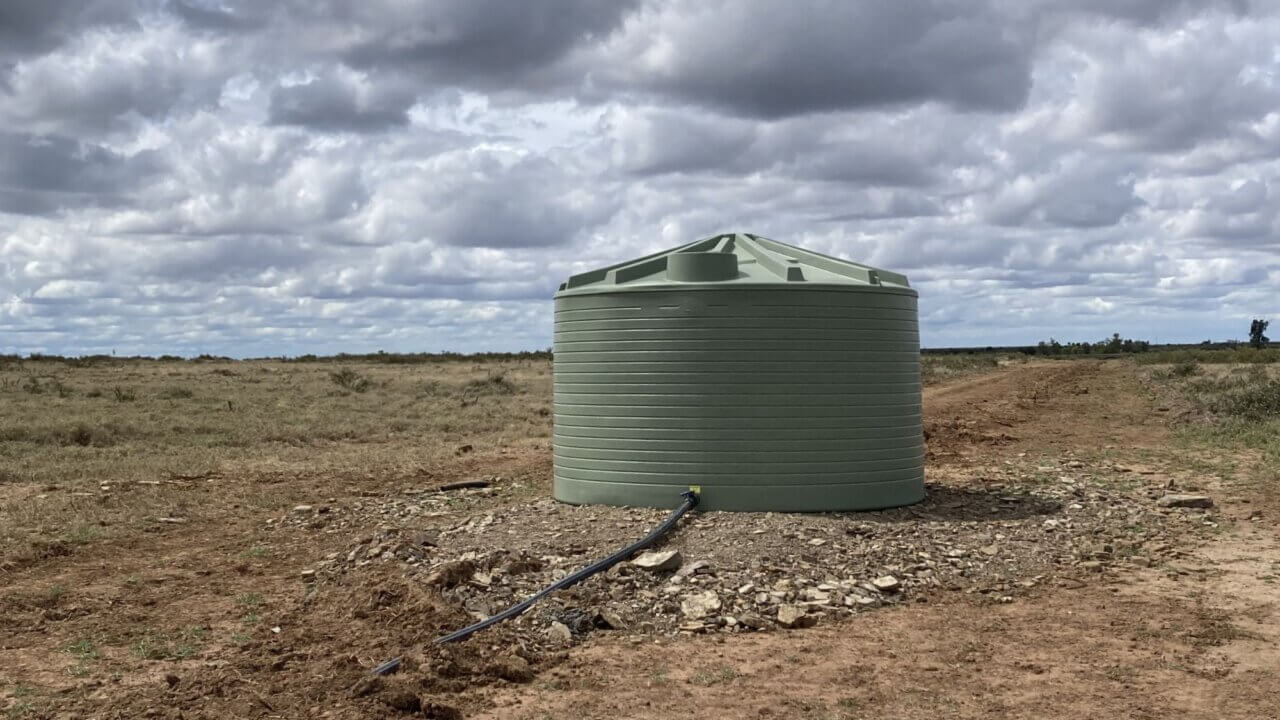
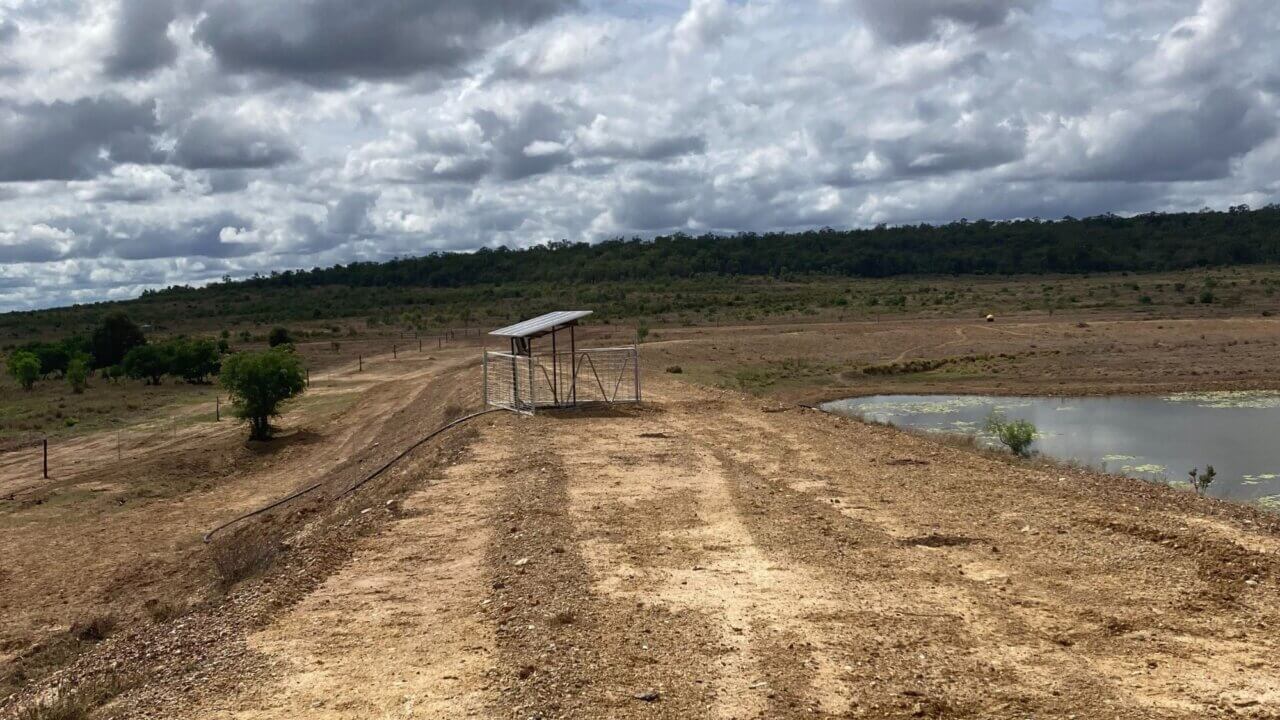
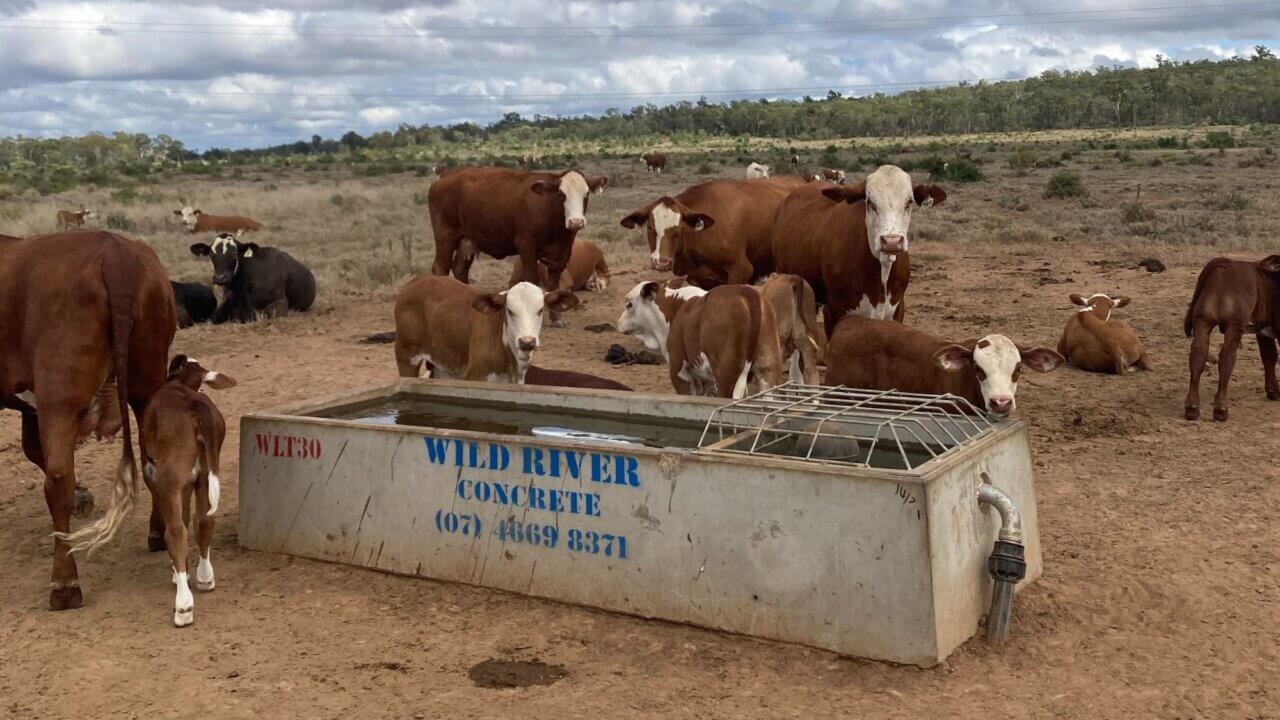
“We split the 830ha paddock up into three paddocks enabling Bronwyn and Mark the ability to rotationally graze and rest areas accordingly,” Sophie said.
“There were 107 breeders in the paddock watering out of one dam which led to significant reduction of ground cover and subsequent erosion.”
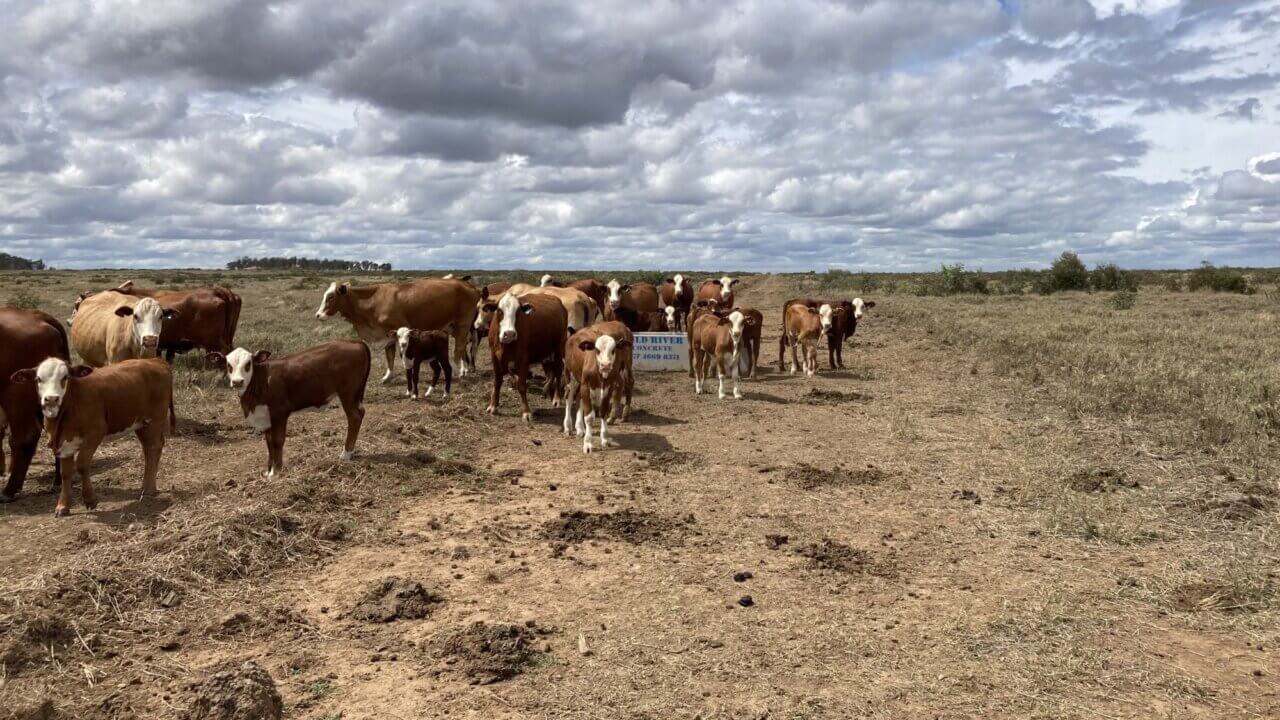
Bronwyn and Mark are already seeing vast improvements to their land with an increase in the preferred grass species coming through already just by being able to rest different areas.
“We have already noticed an increase in the carrying capacity of this area of the property and therefore have been able to increase our stock numbers. As the land condition improves, our aim is to match stocking rate to carrying capacity to improve our productivity,” Bronwyn said.
“We have been wanting to do this since before we took over the property and we are so pleased to have the infrastructure installed.
“We were just out there the other day and it’s amazing the difference it has made. We’ve seen a change for the better.”
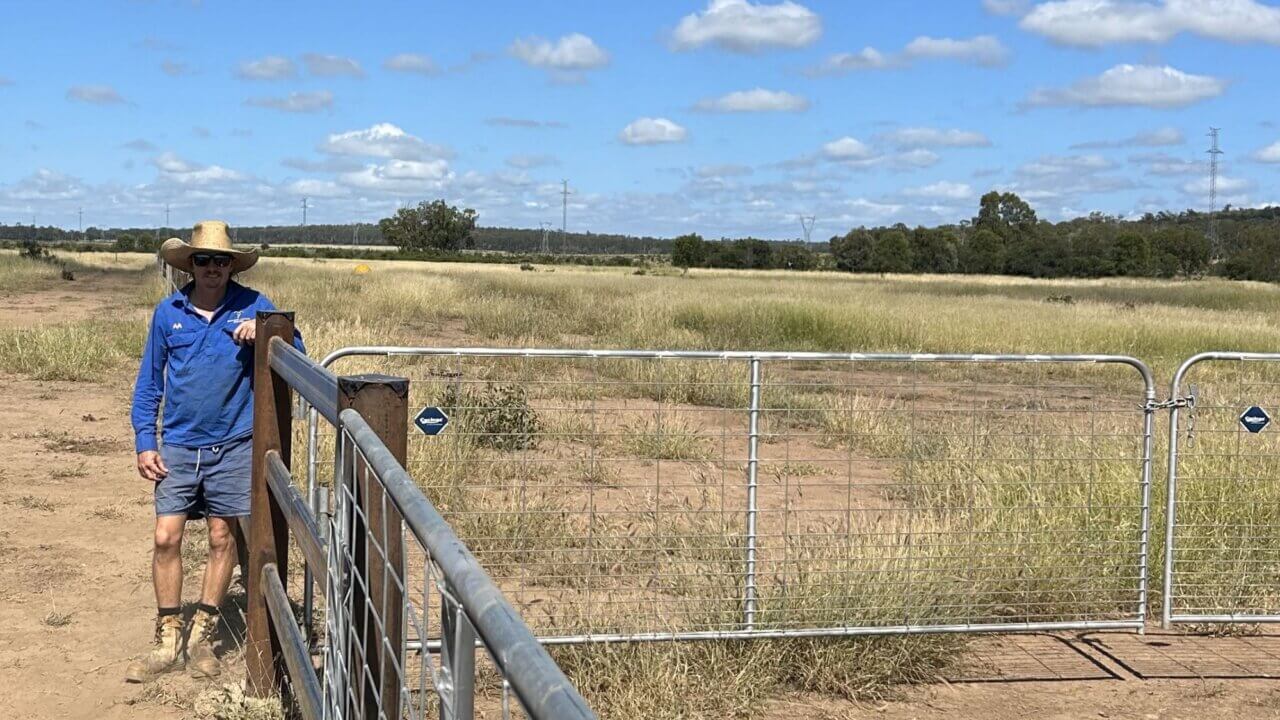
Bronwyn and Mark encourage other land managers to explore programs like GRASS.
“FBA have a lot of knowledge about what’s available to help you out,” Bronwyn said.
Contact the team at FBA today if you would like to find out how we can help you reach your paddock goals or get the process started by filling out this form.
The Grazing Resilience and Sustainable Solutions (GRASS) program is funded through the Queensland Government’s Queensland Reef Water Quality Program and delivered by the Department of Primary Industries (DPI), Fitzroy Basin Association, Burnett Mary Regional Group, and NQ Dry Tropics.





